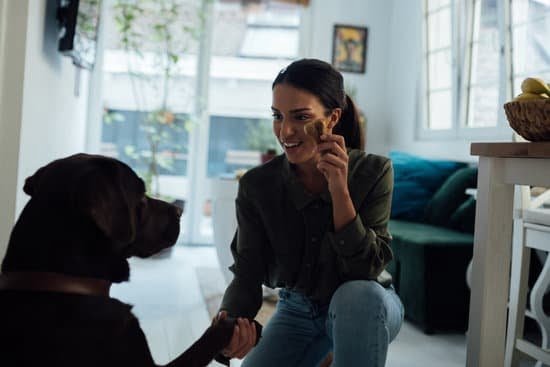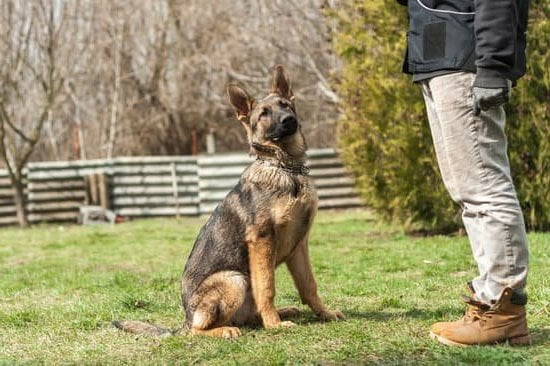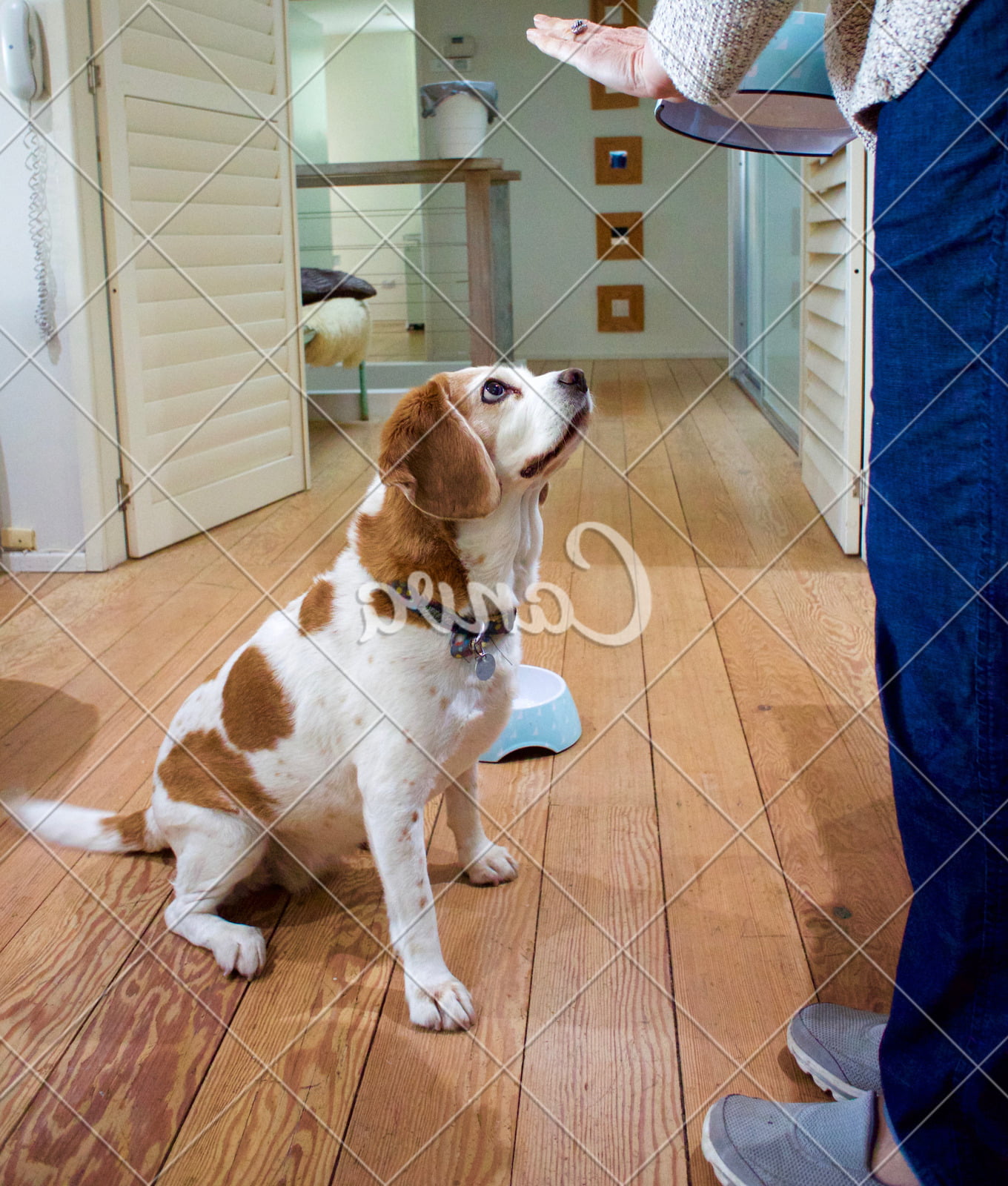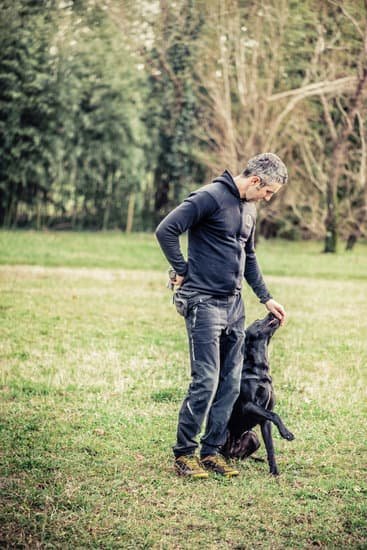Introduction
House training a male dog, like any animal, can be a rewarding and important experience for both you and your pup. It provides an opportunity to create valuable relationships that are built on mutual respect and trust from the very beginning of your pet’s life in your home. Plus, it ensures that he is learning what is expected of him and where his designated restroom area will be. The benefits of house training a male dog go beyond teaching him basic obedience commands—it also allows him to feel safe and secure in his environment.
However, there are potential issues to consider before starting the process if you have never done it before or if your pet has medical issues that complicate the situation. You must factor in the size of your space and the materials used to set up containment areas when deciding if housebreaking is the right thing for you and your pet. Additionally, there may be additional challenges associated with male dogs in particular as they often struggle more with housebreaking than their female counterparts do.
Supplies to Prepare for Training
When house training a male dog, it is important to have the right supplies ready in order to properly train your dog. Some essential items you should have for training include:
•A comfortable crate or kennel – make sure the size of the crate is big enough for the pooch to stand up, turn around and lie down comfortably. The sides of the crate should be high enough so that your pet won’t lose interest in trying to escape all of the time.
•Bedding for their crate – this should be washable and soft; it will help them feel cozy and secure while they are away from home or during nighttime hours.
•A designated potty area outdoors – it is important when house training a dog to create a designated area. This spot should never change as this will teach them where they should be going to do their business. Over time they will remember that this is their designated potty spot and begin using it without being told. It can also be beneficial to choose an area with grass, such as a fenced in yard, as it can provide traction which might help prevent slipping over when doing their business outdoors.
Establish a Routine
When starting to house train a male dog, it’s important to first establish a consistent routine. Taking them out for potty trips should be done at the same time each morning and evening, so that the dog can begin to anticipate when it will get to go out and do its business. After some regular outings and repetition, this will become a habit for your pooch. During the potty trips, use consistent commands such as “Go Potty” when it’s time for them to go. Praise and rewards in the form of treats or vocal encouragement should also be given after every successful potty break outdoors. Additionally, always take them outside immediately following meals or playtime activities in order to incentivize successful elimination behavior. Lastly, make sure to patiently wait with your pup until they finish their business outdoors – speaking often during the process is recommended so that there is no confusion over what is expected from him. Consistency is key when it comes to house training – but with patience and dedication, you will soon have a well-trained male canine companion!
Involve the Family
Establish a Routine: Establish a routine for your dog. Take him to the designated potty area on a regular schedule, such as first thing in the morning and then every 30-60 minutes throughout the day. You may also need to take him out after eating, drinking, or playing.
Create One Command: Choose one command to use each time you take your pup outside (i.e., “go potty”). Use this same command consistently every time you take him out so he knows what is expected of him and can quickly connect going outside with relieving himself.
Reward Good Behavior: Once your pup successfully goes to the bathroom outdoors, provide praise and reward immediately using verbal cues, treats, or a favorite toy. This reward reinforces his good behavior and encourages your dog to continue to go potty outside in the future.
Be Patient: Keep in mind that house training a male dog takes time; there will be accidents along the way as he learns what is expected of him. Remain patient with your pup and never punish him for mistakes; instead, try providing positive reinforcement for successes and redirecting attention away from any mistakes that occur.
The Power of Praise
Verbal praise is one of the most powerful tools that can be used when house training a male dog. Positive reinforcement reinforces good behavior – when your pup performs the desired behavior, reward him with verbal praise and/or a treat. Praise creates a bond between you and your pup, showing him that you want him to succeed.
Quality playtime is also an important part of successful house training. Allowing your pup regular time to play and explore his environment gives him an opportunity for positive physical and mental stimulation, which will help keep him engaged during the training process. On top of providing important developmental benefits, playtime will strengthen your relationship with your pup and create moments for connecting with each other that are needed in order to cultivate trust between the two of you.
In addition to verbal praise, positive reinforcement, and quality playtime, it’s important that you give your pup consistent rules and structure so he knows what is expected of him as he learns how to follow house rules. Be persistent but gentle as your pup learns; patience will go a long way! Overall, when combined with consistency, patience and care, these three methods will help ensure that house-training your male dog progresses smoothly.
Accidents and Setbacks
When it comes to house training a male dog, the most important strategy is setting expectations and remaining consistent with reinforcing boundaries. Accidents may happen throughout the process, but it is important not to punish your dog for them. Instead, it’s best to stay calm and provide positive reinforcement when they follow your instructions correctly. When accidents do occur, clean the area thoroughly with an enzymatic cleaner designed for pet messes to prevent any lingering smells that may cause your pup to continue returning to that spot. If a pattern of accidents arises in one location or even at one time of day, try diverting their attention away from those situations and giving them plenty of potty breaks prior to those times. As long as you remain patient while house training, your male pup will eventually learn bathroom etiquette!
FAQs
Q: What is the best way to introduce a house training routine to my male dog?
A: The best method for introducing a house training routine to your male dog is rewarding-based training. Consistency, patience and remaining positive are key components in any house training endeavour. Start with short, frequent potty breaks throughout the day in an area of your yard where you want your dog to go, or a designated potty spot if you’re using one at home. Once he goes, praise him and give him a treat as positive reinforcement. Make sure to take him out before naps or when he gets overly excited as this can help prevent accidental messes. It’s also important to remember that house training takes time—be realistic about how long it may take and maintain consistency throughout the process!
Conclusion
Training a male dog can be rewarding and difficult. To ensure success, it is important to create a consistent routine that is followed every day. This includes providing enough outdoor potty breaks, having an area specifically designated for indoor toileting, and rewarding good behavior. Additionally, firmly but kindly correcting bad behavior and discouraging undesirable habits are also essential elements of successful house training. With these steps in mind, any pet owner should be able to successfully house train a male dog with patience and perseverance.

Welcome to the blog! I am a professional dog trainer and have been working with dogs for many years. In this blog, I will be discussing various topics related to dog training, including tips, tricks, and advice. I hope you find this information helpful and informative. Thanks for reading!





